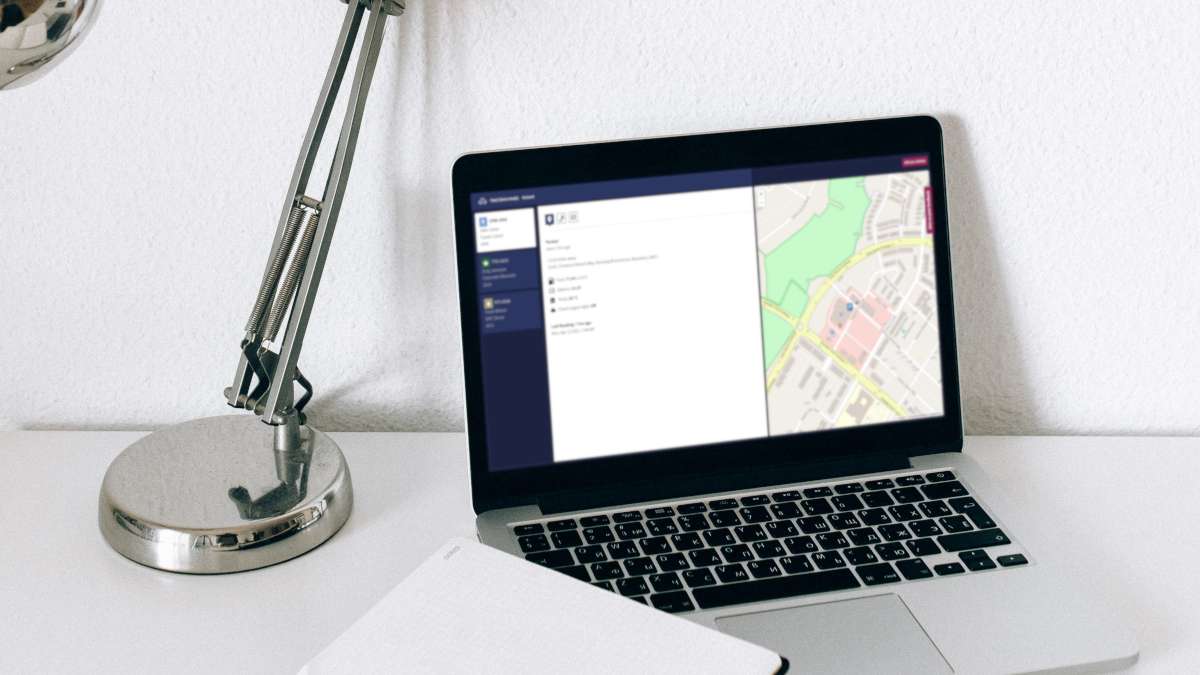Fleet tracking and vehicle management are becoming more and more popular among businesses that own vehicles. This happens not only because of the current pandemic situation, but also because it has many benefits; such as cutting fleet-related expenses and increasing productivity. However, many business owners hesitate, when it comes to purchasing a fleet tracking system. Especially if they believe that setting it up is a complex procedure that costs more time and money than they can afford.
The truth is, it’s not as complex and difficult as it sounds. Notwithstanding, it highly depends on the type of device that needs to be installed in the vehicle. Different services use different devices, depending on their business model and features. Some GPS fleet tracking systems need to be set up by a specialist; that’s because the device needs to be painstakingly attached to the inside of the vehicle’s dashboard. Others can be installed by anyone in a few minutes. There are even tracking devices that you can place anywhere in the vehicle with no installation at all. However, if you choose the latter, don’t expect much, apart from location tracking, in terms of features.
Using an OBD II device for your fleet tracking system
Our service, Veturilo, requires the installation of an OBD II device. It’s easily installed in a few minutes, with a plug-n-play manoeuvre. This type of device can provide anything from vehicle location, to driver behavior and diagnostic data. We provide a device with the purchase of each subscription to our service; so, no need to worry about buying one separately. It’s a complete fleet tracking system.
Installing your Veturilo fleet tracking system
The OBD II device falls under the category of fleet tracking devices that you can set up, yourself, in just a few minutes. Regarding the installation process, here’s how you can install your newly purchased fleet tracking system:
- First, you’ll need to type in the serial number written on the OBD II device that we’ll send you, directly on the Veturilo app; or just scan the banner — when prompted.
- Then you just have to locate the OBD port of your vehicle. It’s usually under the steering wheel, but its location varies from vehicle to vehicle. So, make sure you check your vehicle guide or use our mobile app to guide you through the process.
- Then, plug the device in it. The only tool you will probably need is just a screwdriver.
- Once you have plugged the device into the OBD port you are almost set. Just switch on power to the engine, but don’t turn the ignition yet. Wait a couple of minutes to allow the device to successfully communicate with your vehicle’s ECU, for the first time.
- Turn one your engine and wait another couple of minutes; that’s so the device can gather some initial data from your vehicle and send it to the Veturilo app. You’ll only need to do this the first time round.
And, that’s it! Veturilo is now able to send data directly to your phone through our mobile apps, or to your desktop screen, through our browser-based web app.
It’s no rocket science, after all
As you may have already gathered, setting up a GPS fleet tracking system isn’t so difficult, after all; at least, as long as it involves an OBDII device. As for the overall cost, although there is a subscription fee for such a service, you’ll be able to make up for it in a very short period of time; so try to think of it as investment.
If you’d like to find out more about the installation process of Veturilo, you can have a look at our installation guide; it’s complete with technical drawings. You can also have a look at how our service works or test it for yourself, for free. Just view our demo. All you have to do is register, for free. Your fleet tracking system is waiting for you!
